Leading market players are investing heavily in research and development to expand their product lines, which will help the Aircraft Turbofan Engine Market grow even more. Market participants are also undertaking various strategic activities to expand their footprint, with important market developments including new product launches, contractual agreements, mergers and acquisitions, higher investments, and collaboration with other organizations. To expand and survive in a more competitive and rising market climate, the Aircraft Turbofan Engine industry must offer cost-effective items.
Manufacturing locally to minimize operational costs is one of the key business tactics manufacturers use in the Aircraft Turbofan Engine industry to benefit clients and increase the market sector. The Aircraft Turbofan Engine industry has recently offered some of the most significant medical advantages. Major players in the Aircraft Turbofan Engine Market, including Pratt & Whitney (U.S.), G.E.
Aviation (U.S.), Rolls Royce (U.K.), CFM International (U.S.), Honeywell International (U.K.), EuroJet (U.S.), Aviadvigatel (Russia), Safran Aircraft Engines (France), International Aero Engines AG (U.S.), MTU Aero Engines (Germany), Engine Alliance (U.S.) and others, are attempting to increase market demand by investing in research and development operations.
Pratt & Whitney (U.S.), At Pratt and Whitney, powered flight has changed the world and will continue to do so. It catalyzes advancement and is a tool for ascension. We, therefore, design, manufacture, and maintain the most cutting-edge and unyielding aircraft engines in the world with an explorer's heart and a perfectionist's grit. We do this to help our customers' possibilities become realities. This is our goal, and every day we rise to the challenge. More than simply getting people safely to their destinations is at stake.
Giving care and intelligence to service aircraft engines expertly is only one aspect of what is required. It is about developing and engineering a brand-new, exciting aviation future in which the full potential of human development can be unlocked.
G.E. Aviation (U.S.), In 1917, the United States enlisted in World War I. The U.S. The government sought a company for the newly formed U.S. to create the first "booster" airplane engine. U.S. the aviation industry. This booster, also known as a turbosupercharger, was mounted on a piston engine and used the engine's exhaust gases to power an air compressor, increasing power at higher altitudes.
G.E. initially accepted the challenge, but a different team also asked for the opportunity to create the turbosupercharger. In what was the first military aircraft engine competition held in the U. S. Before the Army requested a test demonstration, both companies tested and developed various designs under cover of wartime secrecy. In the chilly atmosphere of Pikes Peak, 14,000 feet above sea level, G.E. unveiled a 350-horsepower turbosupercharger Liberty aircraft engine and started a company dedicated to advancing aviation technology.
The first turbosupercharger mountaintop test led to G.E.'s first aviation-related government contract and allowed the company to dominate the jet engine market.


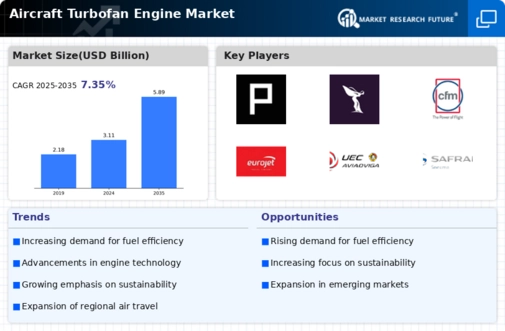
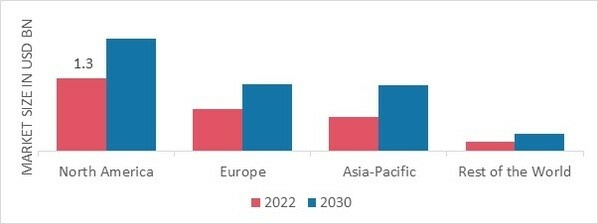
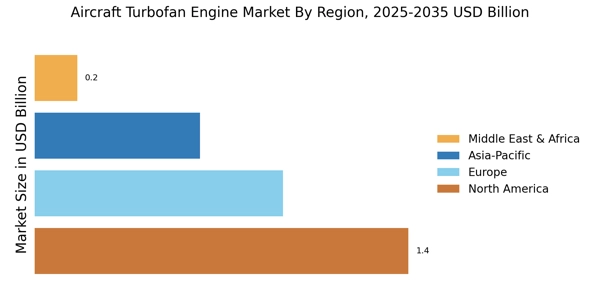


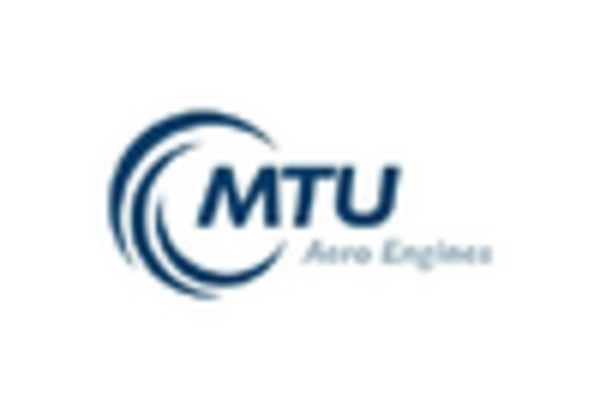

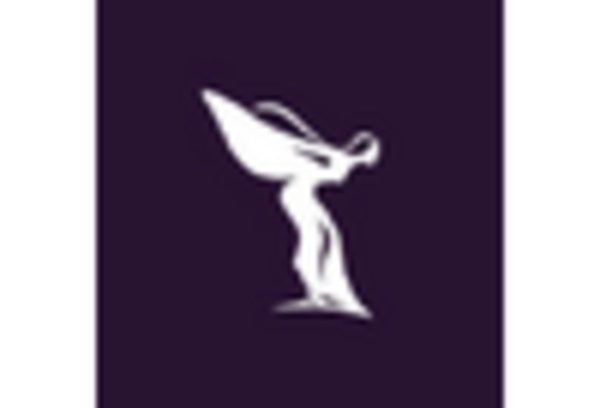









Leave a Comment